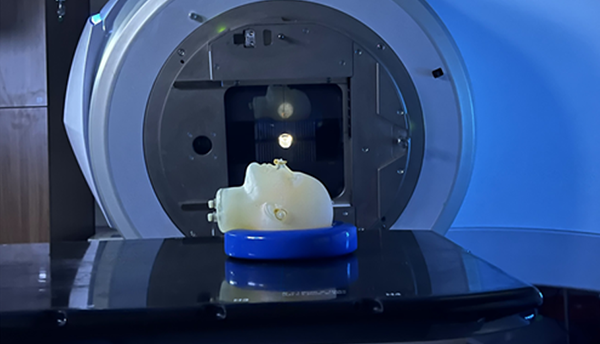External factors: The authors examined a number of external and internal factors that are important in health physics. The external factors that they considered include an analysis of low-dose measurement challenges and priorities that highlights “the transformative potential of biomarkers in solving radiation susceptibility following low-dose exposures.”
The authors also explored cutting-edge technologies, such as the emerging radiation detection tools of plastic scintillators “with triple discrimination capabilities and sensors based on plastic scintillation microspheres (PSm) for estimating α and β emitting radionuclides in environmental samples” as well as remote detection tools such as drones, robot dogs, and quantum sensors, which have “heightened sensitivity and precision.” According to the authors, artificial intelligence and data analytics are emerging as pivotal elements, “promising to redefine health physics by minimizing radiation exposure risks.”
Other external technology factors considered by Ghimire and Waller include “innovative materials for radiation shielding, advancements in virtual reality applications, preparation for radiological protection during armed conflicts, and the ever-evolving landscape of decommissioning health physics.” They also analyzed such contextual factors as regulatory changes and geopolitical and socioeconomic influences.
Internal factors: The internal factors considered by Ghimire and Waller focus on “the transformative dynamics of health physics education and training, encompassing expanded educational horizons, innovative delivery methods, targeted student outreach strategies, and insights into navigating health physics careers amid a dynamically evolving job market.”
The authors also discussed emerging risk communication strategies, the potential of interdisciplinary approaches, and the importance of health physics summer schools and consortia “for transformative educational paradigms.”




